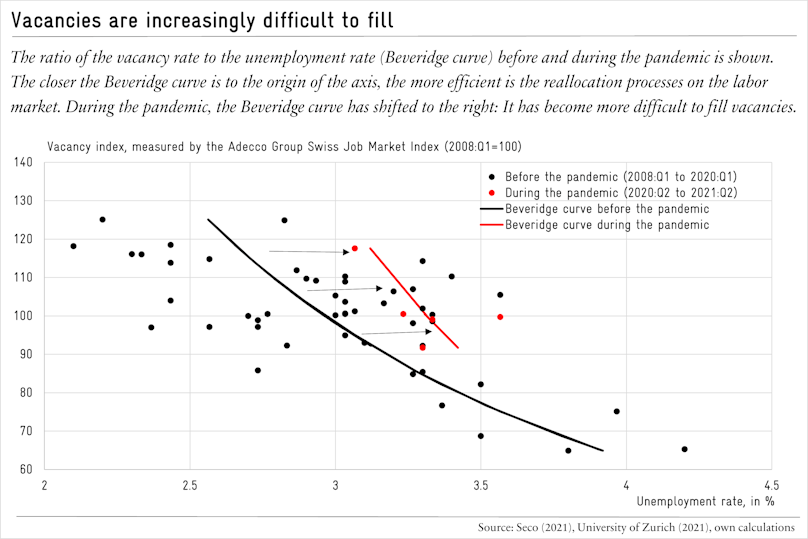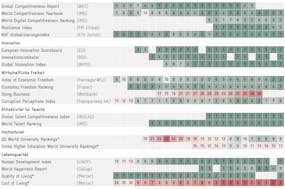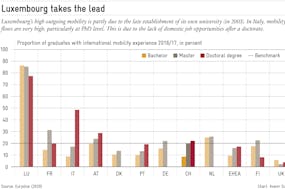Headlines like “restaurants are desperate for staff” have popped up regularly in the media over recent months. Now that many pandemic related regulatory restrictions have been lifted and the economy is recovering, some industries are indeed struggling to find suitable skilled staff.
The phenomenon is well illustrated via the so-called Beveridge curve. This tracks the relationship between vacancies and unemployment. It is generally downwards sloping – meaning the number of vacancies tends to be higher when the unemployment rate is lower – a state of affairs typically consistent with periods of economic growth. The opposite is usually associated with recessions. This is one of the most robust regularities in economics, applying across time periods, countries and at the macroeconomic level as well as for individual sectors.
The Beveridge curve has shifted outward
The position of the curve shows how efficiently labor market vacancies are being filled. The closer the curve is to the origin, the better the reallocation process is functioning. The following chart, based on quarterly data, plots Beveridge curves for the periods before (black) and during (red) the pandemic.
In the latter period, the curve has shifted outwards. That means more unemployed people are available now for the same number of vacancies than before Covid-19.

The curve has also steepened. That shows employers must advertise more vacancies to maintain a certain unemployment rate, and that a decline in the rate requires a larger simultaneous increase in vacancies. It appears that the matching process between the unemployed and advertised jobs has deteriorated. A similar pattern – albeit more pronounced – is evident in the US.
How can the shift be explained?
What is behind this drop in match efficiency? First, it takes time for advertised positions to be filled during a recovery. Currently, the mismatch between skills offered and those demanded is particularly pronounced, as industries are affected by Covid-19 to very different degrees. For example, if an employee in the cultural sector loses her job due to the pandemic, she cannot easily be reassigned to, say, a post in IT or healthcare.
The extended maximum daily allowances for unemployment insurance and other forms of government support may also have made the recruitment phase longer – one reason for a return to the pre Covid status quo.
It is unclear if, and how quickly, the Beveridge Curve will shift back. The increased difficulty for companies to fill vacancies points to greater competition for suitable personnel. They might not be able to avoid wooing job seekers with better working conditions or higher wages any time soon.
Further information on this subject can be found in our publication “Fully fit? – The Consequences of the Coronavirus Pandemic for the Swiss Labor Market”.





